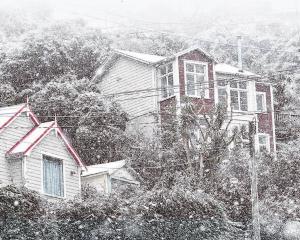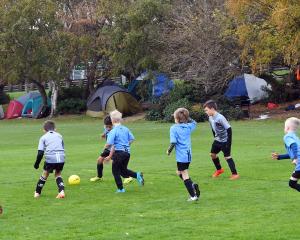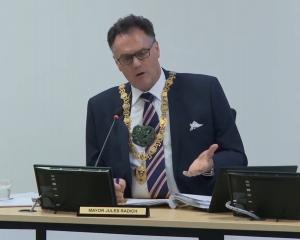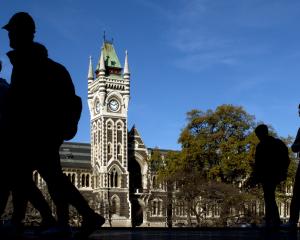
It's only June and already several car crashes have come from the macabre alchemy of ice and poor roads. Each accident is a catastrophe - for the people involved, the emergency services attending and the wider families and friends affected.
Each accident also takes money from the economy - the loss of productivity as people recover, or not, from their injuries; the cost of public healthcare; the cost of emergency services.
Each accident means replacement cars or parts are needed - none of which are produced in New Zealand. Roads, bollards, signs or sidings have to be repaired or replaced.
More significant of course is the potential, and often realised, loss of life. We are lucky enough to live in a country which values life above all else. Virtually all of our government spending is directed towards prolonging, improving and adding comfort, safety and opportunity to life.
Yet, life can be extinguished in an instant when a reasonable vehicle, driven in a reasonable manner by a reasonable person, hits ice on bad roads. This would be easier to tolerate if the roads in question were little known and seldom-travelled byways. Tragic, preventable, but grudgingly accepted as a compromise between life and cost.
But on major state highways? How is it possible in 2018 that highways between centres as large, thriving and valuable to the country as Queenstown and Dunedin are so unsuitable that, with a little cold weather and a spot of moisture, they become long black ribbons of Russian roulette?
How long can this region allow crash after crash due to poor conditions before a collective thumping of fist on table demands something better?
There are many countries with similar vehicle fleets being used in worse weather than those of Otago and Southland. Are their state highways as twisting, off-camber, indirect, narrow and deadly as the tar-sealed wagon trails used in the South? Sweden's long, wintry, but high-quality and virtually entirely median-separated E4 highway, offers a sobering comparison.
Infrastructure is a key responsibility of government. A collective gathering of money followed by concerted, targeted, clever spending on the infrastructure is needed to improve a nation.
Having spent a fortune already on other responsibilities of government - raising, educating, training and supporting New Zealanders - it seems the most gross of neglects to then let them perish each winter on state highways fit for little more than B-road status in most developed countries.
But there's little call from this region for change. No demanding of something better. Drivers know they must drive to the conditions, especially those in the deep South who practise personal responsibility as a necessity.
Perhaps people fear the population is too low to warrant further investment. Not enough demand. Too few drivers. Not enough money.
That isn't true. Our region's highways are busy. A clear run on State Highway 8 is almost unthinkable in 2018. It is busy with tourists, trucks, tradesmen and locals, ferrying themselves between Otago's two major centres and the myriad rapidly-growing settlements between.
Since 2015, a $455million, 110kmh, four-lane 21km motorway has connected Tauranga with Paengaroa. From there drivers carry on to Rotorua in the south or Whakatane in the east. While there is nothing wrong with that, Paengaroa is never going to compete with Spaghetti Junction for traffic movements.
While Otago's distances and topography bring different challenges, it is not the only region in the world with such terrain, such a climate and such a population.
At the very least, the people of the South, the freight companies, the tradesmen and the tourists all at present rolling the barrel of these roads of Russian roulette deserve a conversation.












